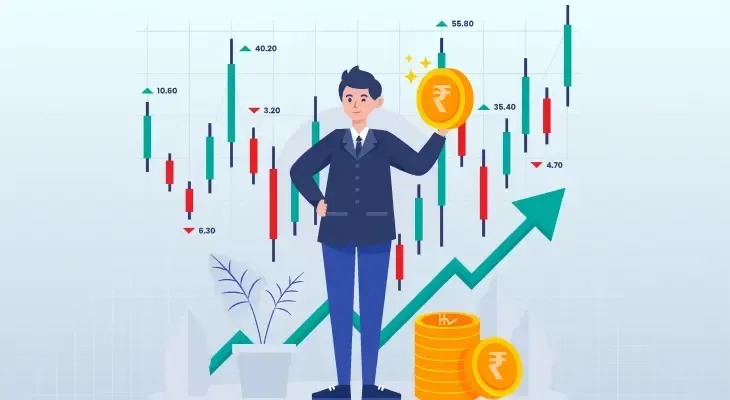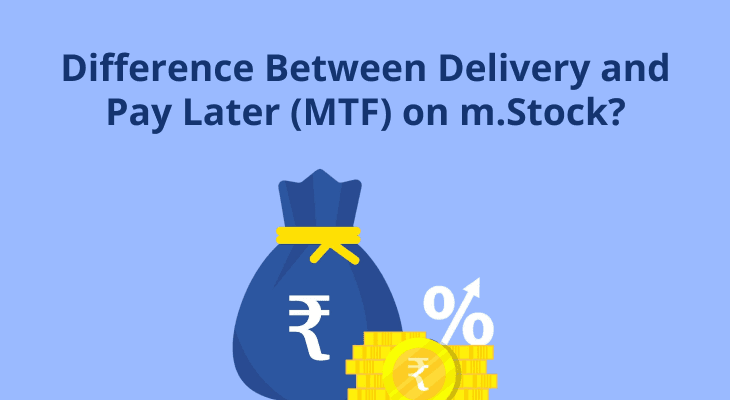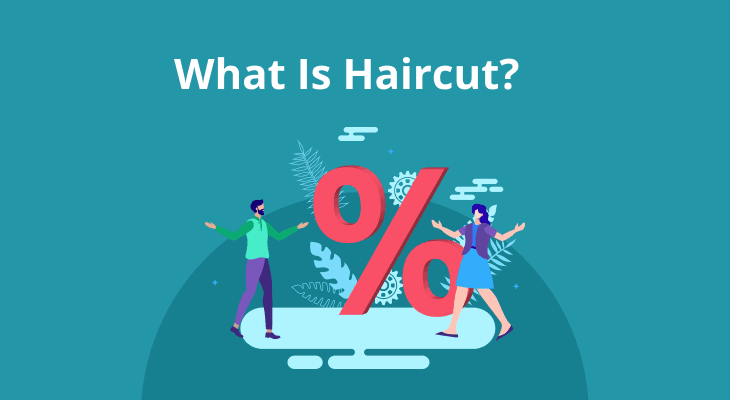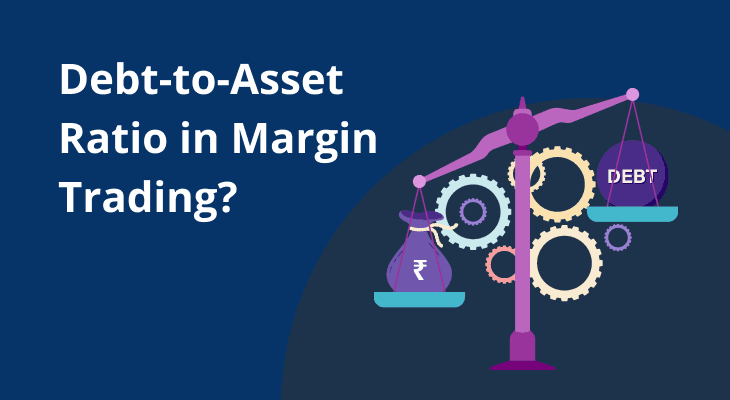
What is Margin & SPAN Exposure
In the world of trading, understanding margin exposure and SPAN exposure is crucial for successful and responsible investing. Margin and SPAN exposure are two terms commonly used in trading circles. In this blog, we will delve into the concepts of margin exposure and SPAN exposure, exploring their significance and how they impact trading strategies.
What is Margin Exposure?
Margin exposure refers to the level of financial risk undertaken when borrowing funds from a broker to invest in financial instruments. It represents the amount of money required to open and maintain a leveraged position in the market. By using margin, you can amplify your potential gains or losses. However, it's important to exercise caution as increased leverage also increases the risk of significant losses.
Importance Of Margin Management:
Effective margin management is crucial to maintain a healthy trading account. It involves assessing your risk tolerance and setting appropriate margin levels. By understanding and managing margin effectively, you can protect yourself from potential losses and successfully navigate the dynamic world of financial markets.
Types Of Margin
There are two main types of margin: initial margin and maintenance margin. The initial margin is the deposit required to open a position, representing a percentage of the total trade value. It acts as collateral and provides a buffer against potential losses. Maintenance margin, on the other hand, ensures that the position remains open. If the account's equity falls below the maintenance margin level, you may receive a margin call, requiring you to add funds to bring the margin back to the required level.
Margin Call And Forced Liquidation
When a margin call is received, it serves as a warning that your account equity has fallen below the maintenance margin requirement. You must immediately deposit additional funds to meet the margin call and maintain the position. Failure to meet a margin call can result in forced liquidation, where the broker closes the position to cover the potential losses.
Understanding SPAN Exposure
Standard Portfolio Analysis of Risk (SPAN) exposure is a risk assessment system used by exchanges to calculate margin requirements for futures and options contracts. Unlike margin exposure, which is determined by individual brokers, SPAN exposure is standardised across all traders on a particular exchange.
SPAN Calculation Methodology
The SPAN system takes into account various risk factors, including price volatility, time to expiration, and interrelationships between different financial instruments. By considering these factors, SPAN exposure accurately calculates the potential risk associated with a specific portfolio of trades. It uses mathematical algorithms and sophisticated models to determine the optimal margin requirements.
Advantages Of SPAN Exposure
The use of SPAN exposure brings several advantages to traders. Firstly, it provides a standardised method for calculating margin requirements, ensuring fairness and consistency across exchanges. This standardisation helps promote a level playing field for all market participants. Secondly, SPAN exposure takes a portfolio-based approach, considering the entire portfolio's risk rather than individual positions. This approach allows for potential offsets in risk within the portfolio, resulting in lower margin requirements compared to individual margin calculations.
Portfolio Margin
One of the key benefits of SPAN exposure is the concept of portfolio margin. Unlike traditional margin calculations, which consider individual positions, SPAN exposure takes a holistic view of a trader's portfolio. It considers the potential offsets and diversification benefits within the portfolio, leading to potentially lower margin requirements. By taking advantage of portfolio margin, you can optimise your capital allocation and potentially increase your trading capacity.
What is Exposure Margin?
Exposure margin refers to the amount of margin required to cover potential losses based on a portfolio's exposure to price movements. It takes into account the volatility and correlations of different financial instruments in a trader's portfolio.
Volatility-Based Margin
Exposure margin incorporates the concept of volatility-based margin. It considers the potential price fluctuations of different instruments within a portfolio. Higher volatility instruments generally require a larger exposure margin to cover potential losses. You need to assess the volatility of the instruments you trade and allocate an appropriate exposure margin accordingly.
Impact Of Correlations
Correlations between instruments in a portfolio also affect exposure margin. Positive correlations mean that price movements in one instrument are likely to be mirrored in other correlated instruments. As a result, exposure margin requirements may increase as losses in one position may be accompanied by losses in correlated positions. Conversely, negative correlations can provide some risk reduction benefits, potentially resulting in lower exposure margin requirements.
Risk Management Strategies
To effectively manage exposure margin, you should implement risk management strategies. These may include diversification, which involves spreading investments across different asset classes to reduce concentration risk. Additionally, setting stop-loss orders and regularly monitoring and adjusting positions can help mitigate potential losses and maintain appropriate exposure margin levels.
In Conclusion
Margin exposure, exposure margin, and SPAN exposure are essential concepts to understand and manage risk effectively. By maintaining adequate margin levels and employing risk management strategies, you can protect yourself from potential losses and trade successfully in the stock market. Additionally, the use of SPAN exposure provides a standardised and portfolio-based approach to calculating margin requirements, offering advantages such as lower margin requirements and enhanced trading capacity. As with any trading activity, it is crucial to conduct thorough research, seek professional advice, and exercise caution when utilising leverage to maximise potential rewards while mitigating risks.
FAQ
What is the difference between margin exposure and SPAN exposure?
Margin exposure refers to the level of financial risk you undertake when borrowing funds from a broker to invest in financial instruments. It represents the amount of money required to open and maintain a leveraged position in the market. On the other hand, SPAN exposure is a standardised risk assessment system used by exchanges to calculate margin requirements for futures and options contracts. While margin exposure is determined by individual brokers, SPAN exposure is uniform across all traders on a specific exchange.
What factors influence SPAN exposure calculations?
SPAN exposure calculations take into account various risk factors, including price volatility, time to expiration, and interrelationships between different financial instruments. The SPAN system uses sophisticated mathematical algorithms and models to determine the optimal margin requirements. By considering these factors, SPAN exposure accurately calculates the potential risk associated with a specific portfolio of trades.
How are margin requirements calculated in margin trading?
Margin requirements in margin trading are typically calculated as a percentage of the total trade value. The exact calculation may vary depending on the broker and the specific financial instrument being traded. The initial margin requirement is the deposit required to open a position, acting as collateral. The maintenance margin requirement ensures that the position remains open. If the account's equity falls below the maintenance margin level, a margin call may be issued, requiring the trader to add funds to meet the margin requirement.


